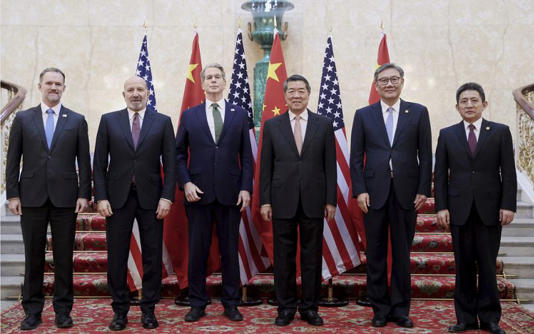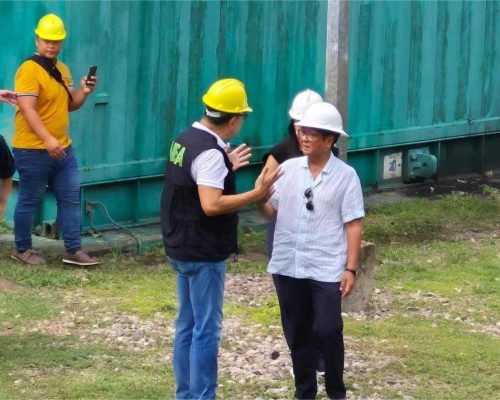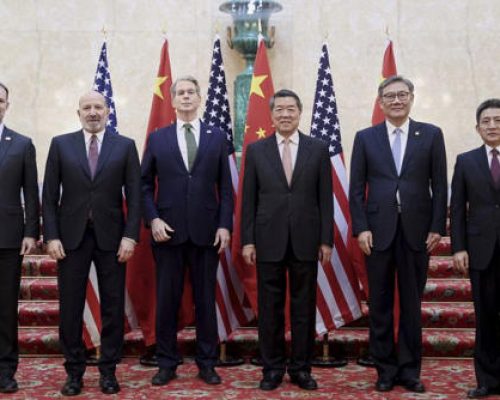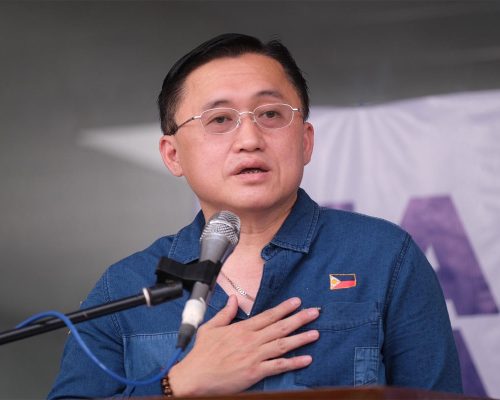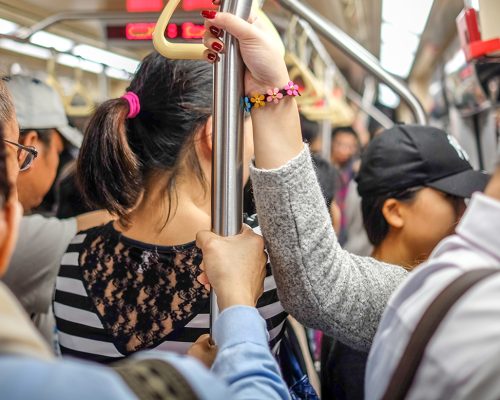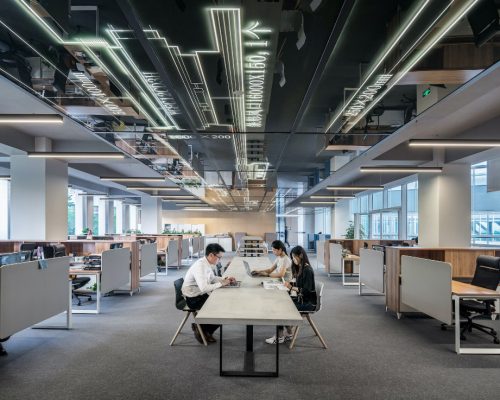The United States and China have reached a preliminary understanding on how to implement the trade deal both countries agreed on last month, according to Chinese state media.
The announcement was made after two days of negotiations in London concluded on Tuesday. The talks followed a period of renewed tension that had disrupted the original deal, prompting a phone call between US President Donald Trump and Chinese President Xi Jinping last week to help defuse the situation.
Li Chenggang, China’s Vice Minister of Commerce, said that both sides had come to a consensus on a framework for executing the agreement reached by Trump and Xi, as well as discussions held in Geneva last May.
“If we don’t open up China, maybe we won’t do anything,”
President Trump stated during a briefing at the White House.
“But we want to open up China.”
Although specifics remain undisclosed, the talks in London involved high-level officials, including Chinese Vice Premier He Lifeng, Commerce Minister Wang Wentao, and US representatives such as Treasury Secretary Scott Bessent, Commerce Secretary Howard Lutnick, and Trade Representative Jamieson Greer. The meetings were held at Lancaster House, a historic building near Buckingham Palace.
As he arrived Tuesday morning, Lutnick commented that negotiations were
“going well,”
and expected discussions to continue throughout the day.
The renewed dialogue builds on last month’s Geneva talks, which resulted in a 90-day suspension of most of the steep tariffs—some exceeding 100%—that both countries had imposed amid escalating trade tensions. Those tariffs had sparked fears of a global recession.
Since then, however, the two sides have clashed over several issues, including semiconductor technologies used in AI, visa policies for Chinese students in the US, and access to rare earth minerals essential to the auto industry and other sectors.
China, the world’s top rare earth exporter, recently signaled it may ease the export restrictions it enacted in April. This move could ease concerns among global manufacturers. Meanwhile, Beijing has pressed the US to remove limits on China’s access to critical technologies needed to manufacture advanced semiconductors.
Trump emphasized his administration’s goal during a recent address, saying:
“We want to open up China,”
adding that failing to do so could jeopardize future cooperation.

